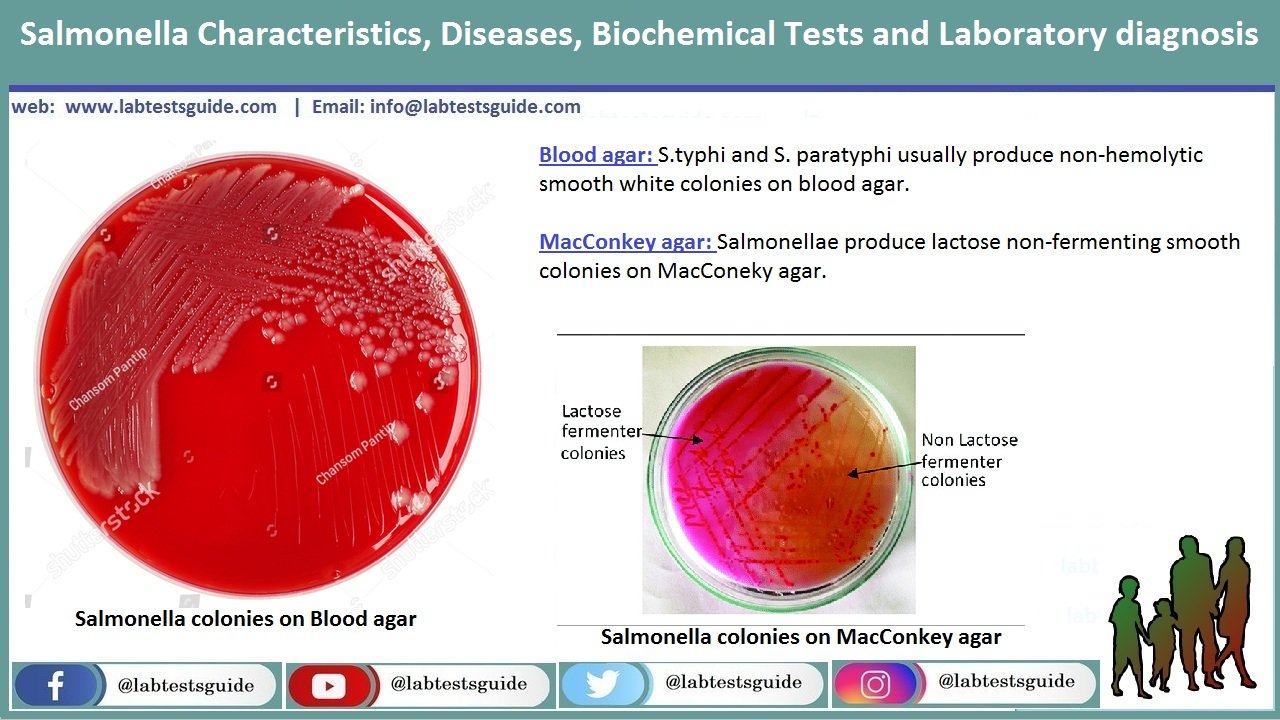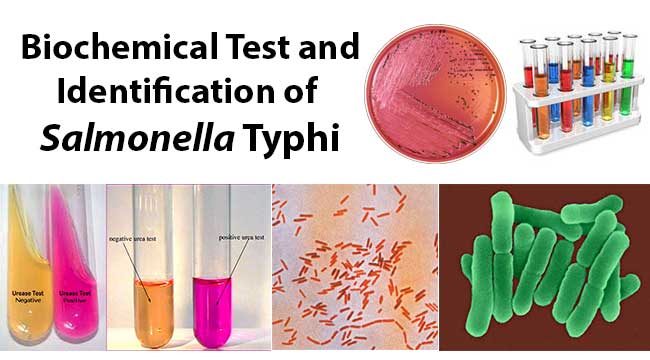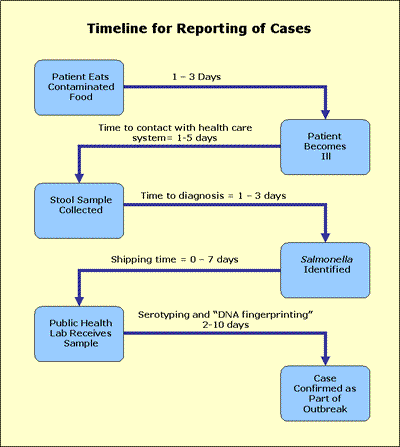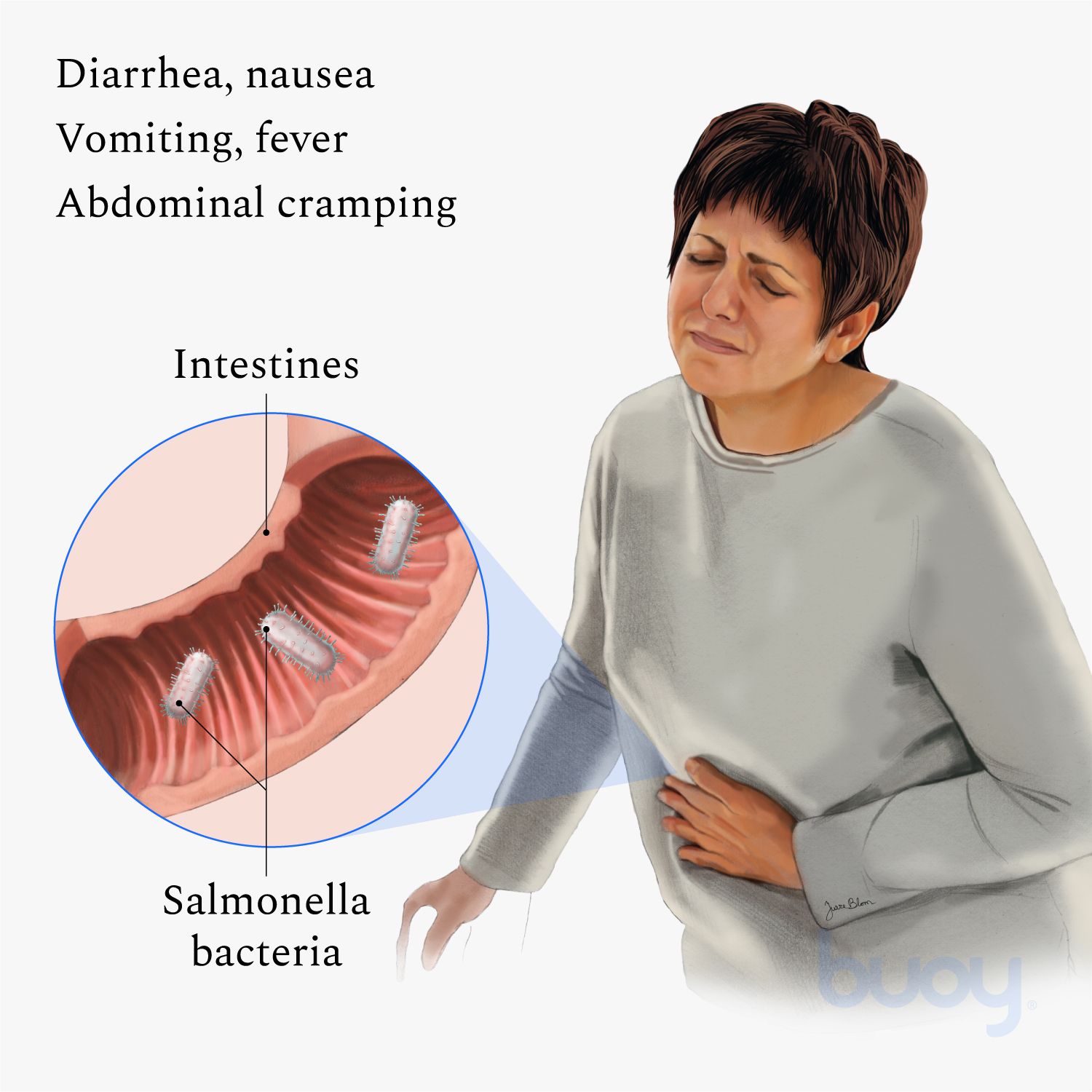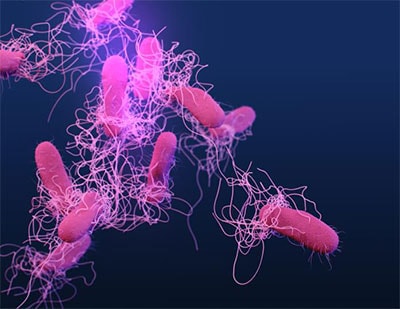Supreme Info About How To Diagnose Salmonella

Possible signs and symptoms of salmonella infection include:
How to diagnose salmonella. A pcr (polymerase chain reaction) test can also be used to identify the salmonella bacteria. For patients at higher risk of getting severe symptoms of salmonella infection, a doctor may order a stool test to check for salmonella bacteria, however, results can take 2 to 3. Salmonella is diagnosed with a laboratory test from stool, body tissue, or fluids.
Severe diarrhea may need hospital treatment. Other tests such as blood work might show abnormalities secondary to the. Salmonella diagnosis your doctor may have you take blood tests, or they might ask for a sample of your poop.
Most people with salmonellosis develop diarrhea, fever, and abdominal cramps. Drink extra fluids while diarrhea last. How to diagnose salmonella physical examination.
More severe cases of salmonellosis may include a high fever, aches, headaches, lethargy, a rash, blood in. Laboratory identification of the genus salmonella is done by biochemical. The diagnosis of salmonellosis requires bacteriologic isolation of the organisms from appropriate clinical specimens.
/salmonella-diagnosis-5ae0c06bc5542e0036f0f76b.png)
:max_bytes(150000):strip_icc()/salmonella-symptoms-5af491dc43a1030037662130.png)

